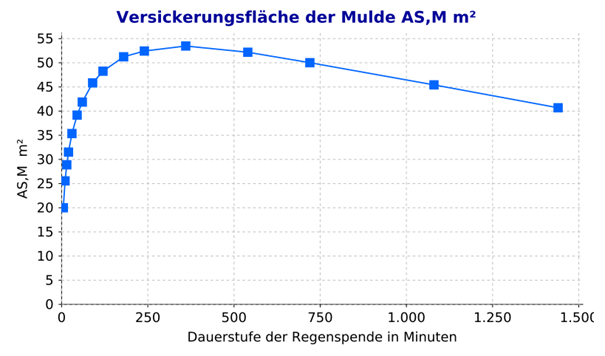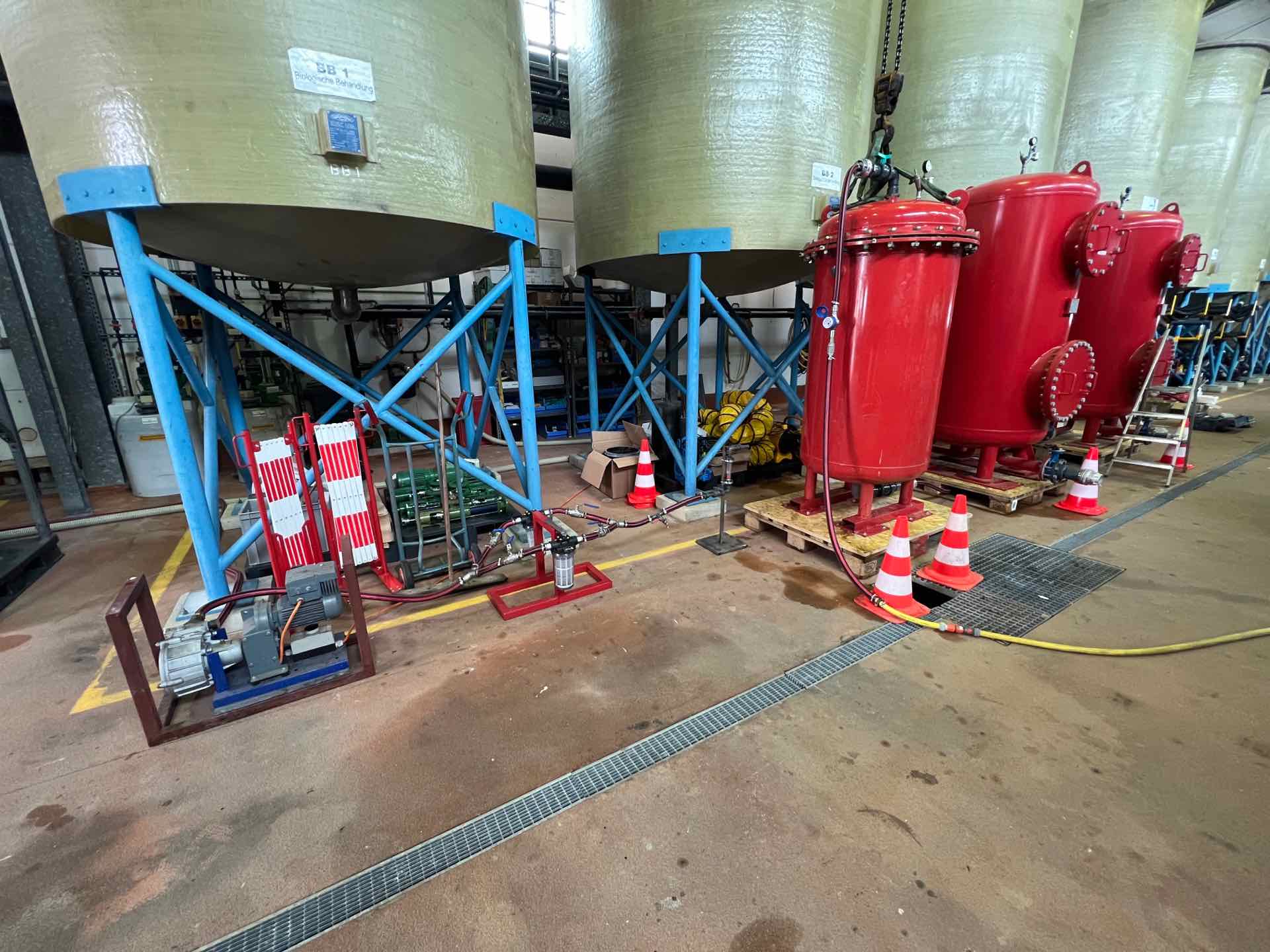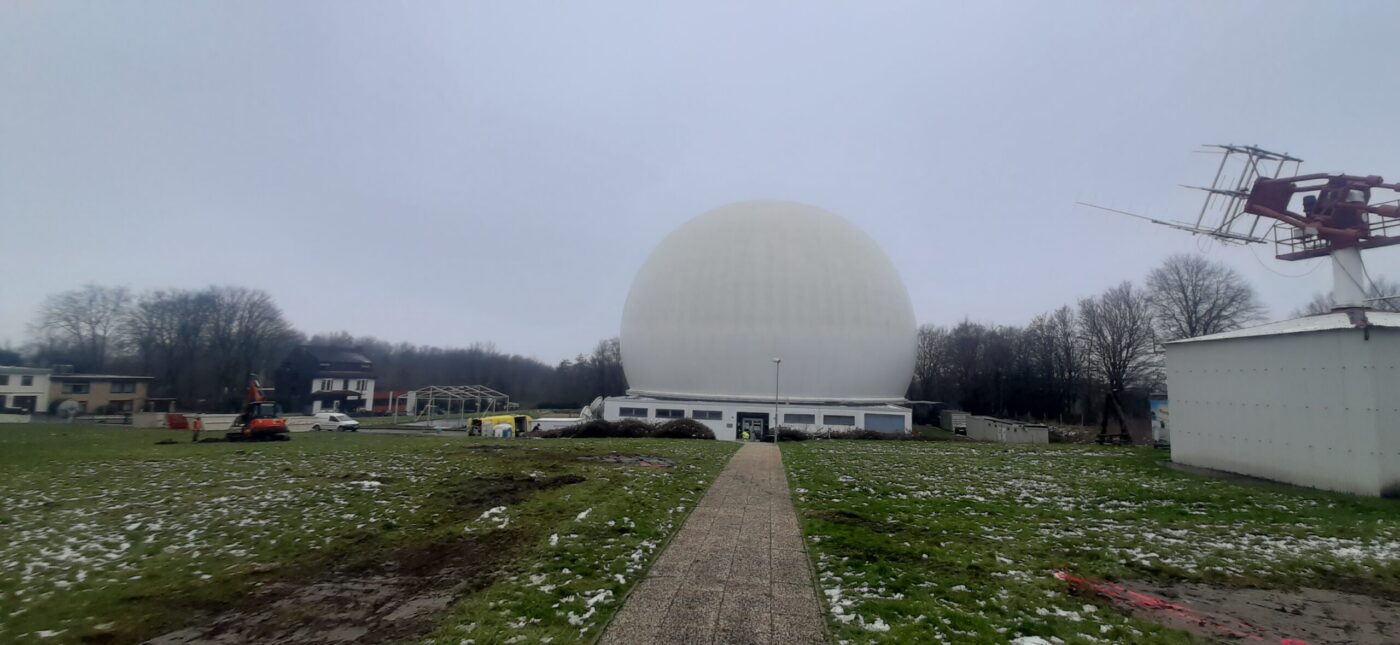The evaluation of historical aerial photographs from the Second World War is an important tool for the pre-discovery of explosive ordnance, as the aerial photographs are regarded as objective evidence of the events. The physical reality at a known location was documented at a known time and allows the analyser, who is separated by time and space, to identify structures such as explosive bomb craters or fighting positions, to classify them objectively and to substantiate suspicions regarding possible explosive ordnance contamination.
As a rule, the activity of analysing aerial photographs is primarily a technical act for the individual processor, in which the stories and fates of those who lived at the place and time in question usually remain hidden from the aerial photographer. This makes it all the more impressive when the grainy black-and-white images are combined with the records compiled by historians and tell of human destinies or heroic deeds.
One such tragic heroic story crystallised in the course of analysing aerial photographs showing the town of Weiden in der Oberpfalz in April 1945. A few hundred metres outside the town area at the time, several enormous craters with a diameter of up to 35 metres stood out in the images. In addition, all buildings within a radius of 100 metres of the craters were completely destroyed and building damage was still visible more than 200 metres away. The size of the craters alone, as well as their location directly on a railway line, ruled out the usual wartime events such as bombing, artillery fire or explosions. Blast bomb craters from air raids are much smaller and more widely dispersed. Even the largest bombs dropped by the Allies, the so-called "tallboys", do not create craters more than 30 metres in diameter. So what had happened here?
The answer to this question led to the story of two men who saved the town and lost their lives in the process. The well-known events begin with a tactical air raid by American low-flying aircraft on the Weiden railway station on 16 April 1945. During this attack, a goods train carrying large quantities of highly explosive fuel for the V2 rockets caught fire. The engine driver, Johann Grünwald, and his stoker, Georg Dietl, then put the engine under steam and led the burning train out of the town. The men knew what they were letting themselves in for. Grünewald had previously driven ammunition trains and on that day had taken over the duties of a colleague who had more and younger children than himself, probably to avoid exposing him to danger. The aerial photographs bear witness to the unavoidable explosion of the train outside the city and the devastating destruction it caused, which claimed the lives of more than 60 people, including Grünewald and Dietl himself. If the two had left the train at the station to save their own lives, the explosion would probably have destroyed the entire station and a large part of the town. The loss of life would have been many times higher. In memory of the events of 16 April 1945 and in recognition of their deeds, the town of Weiden erected a memorial stone to the two men on the square in front of the station in 2005 and renamed the square "Johann Grünwald und Georg Dietl-Platz".







